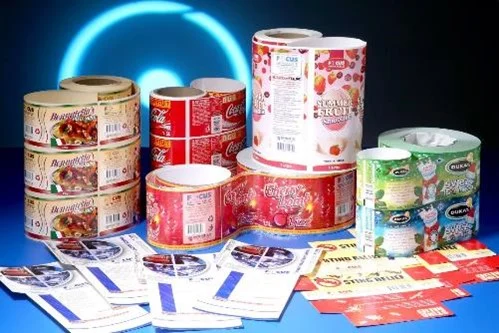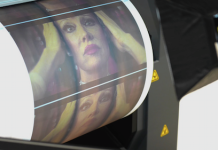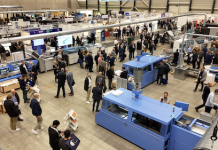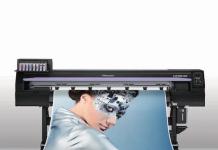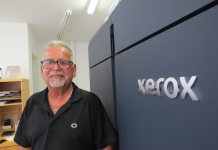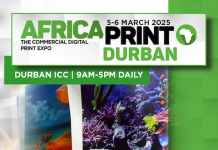Focus Label Machinery explores four effective printing methods that are used to produce printed flexible packaging.
Flexible packaging plays a crucial role in many industries, but to meet the unique needs of various applications, different printing methods are used in its production. The choice depends on factors such as print quality, production speed and substrate compatibility, as well as the target consumer audience and their preferences.
1. Flexographic Printing
Flexographic (flexo) printing is a versatile method that is widely used in the flexible packaging industry. Highly regarded for its speed and adaptability, flexo printing is suitable for a variety of substrates, including plastic films and paperboard, and is the go-to choice for a wide range of product applications, from food packaging to labels. Flexographic printing delivers high-quality images and text with precise colour reproduction.
2. Gravure Printing
When it comes to high-volume and high-end packaging applications, gravure printing excels as it produces exceptional print quality with high-resolution images and precise colour. Gravure is often chosen for packaging that requires a premium look and feel, such as luxury cosmetics, high-end food products, and high-quality labels. Although it may not be as versatile as flexographic printing in terms of substrates, gravure’s print quality is hard to match.
3. Digital Printing
Digital printing has revolutionised the packaging industry by offering quick turnaround times, variable data printing, and unparalleled customisation options. Ideal for short runs, prototyping, or personalised packaging, digital printing enables users to efficiently cater for niche markets and create packaging that appeals to individual consumers. In many cases, digital and flexo printing technologies are combined to provide the best and most economical solution, allowing for easy customisation without compromising on efficiency.
4. Screen Printing
Screen printing, while relatively slower compared to other methods, offers unique advantages in the flexible packaging industry. In particular, it excels in providing excellent ink coverage, vibrant colours and the ability to print on various substrates, including irregular surfaces. Screen printing is particularly valuable for high-end packaging, such as specialty beverages, cosmetics and textile applications.
FOCUS LABEL MACHINERY
jamesb@focuslabel.com
https://www.focuslabel.com


